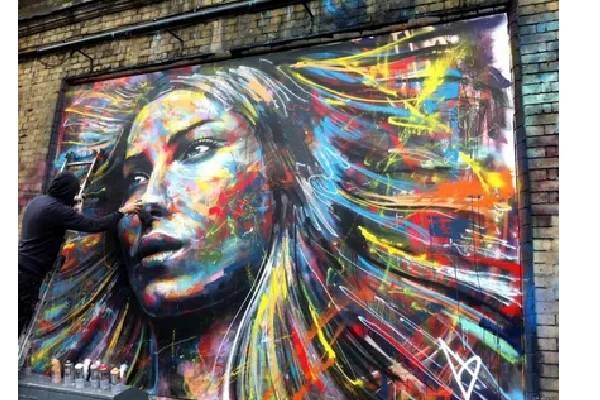Street Artists: The Soul of Urban Expression
Street Artists are the heartbeat of modern cities—bold, unconventional, and unapologetically expressive. Their canvases are not found within galleries or museums, but on the very streets we walk: building walls, sidewalks, underpasses, and abandoned structures. These artists bring color to concrete jungles, tell stories that often go unheard, and give cities their distinct character and pulse.
The Evolution of Street Art
Street art has its roots in rebellion. In the 1970s and ’80s, it began as graffiti culture—tagging and spray-painting as forms of protest or identity. New York City was one of the earliest hubs, where subway trains and walls became vehicles for youth voices in marginalized communities. Over time, street art evolved from simple tags to intricate murals, stencil work, 3D installations, and digital projections.
Artists like Jean-Michel Basquiat, Banksy, and Shepard Fairey pushed street art into global consciousness, proving that messages sprayed on walls could carry profound political, cultural, and emotional weight.
Why Street Art Matters
- Public Expression: Street art makes art accessible to everyone, not just those who visit galleries or museums. It democratizes art and brings it into daily life.
- Social Commentary: Many street artists use their work to comment on current issues—climate change, political corruption, inequality, war, and human rights. Their murals can become viral movements.
- Cultural Identity: In many cities, street art reflects local culture, traditions, and stories. It helps build community pride and a shared sense of place.
- Tourism and Economy: Cities like Berlin, London, and Melbourne attract thousands of tourists each year who explore vibrant art districts, taking guided street art tours or visiting neighborhoods known for their murals.
Famous Street Artists Around the World
- Banksy (UK): The anonymous figurehead of street art, known for powerful and ironic stenciled pieces.
- Eduardo Kobra (Brazil): Recognized for his large, colorful portraits that blend history with modern visuals.
- JR (France): Famous for pasting large-scale photographs in urban environments, often focused on human rights and personal identity.
- Daku (India): A mysterious artist who uses light and shadows to create thought-provoking messages in Indian cities.
Street Art vs. Vandalism: A Thin Line
Not all street art is welcomed. One of the biggest debates is whether it’s art or vandalism. While cities like Amsterdam and Lisbon embrace and protect street murals, others impose fines or jail time. However, the conversation is shifting as more urban planners recognize the cultural value of street art and even commission artists to transform neglected areas.
The Future of Street Art
Technology is changing the way street art is created and consumed. Artists now use augmented reality (AR) to animate murals, and some experiment with NFTs to digitize their creations. Despite these advancements, the core of street art remains the same—a raw, immediate response to the world around us.
Conclusion
Street artists challenge norms, reclaim public spaces, and speak for those who can’t always raise their voices. In a world of constant change, their work reminds us that art is not confined to frames or boundaries—it lives and breathes in the streets, on the walls, and within the hearts of those who dare to create outside the lines.

